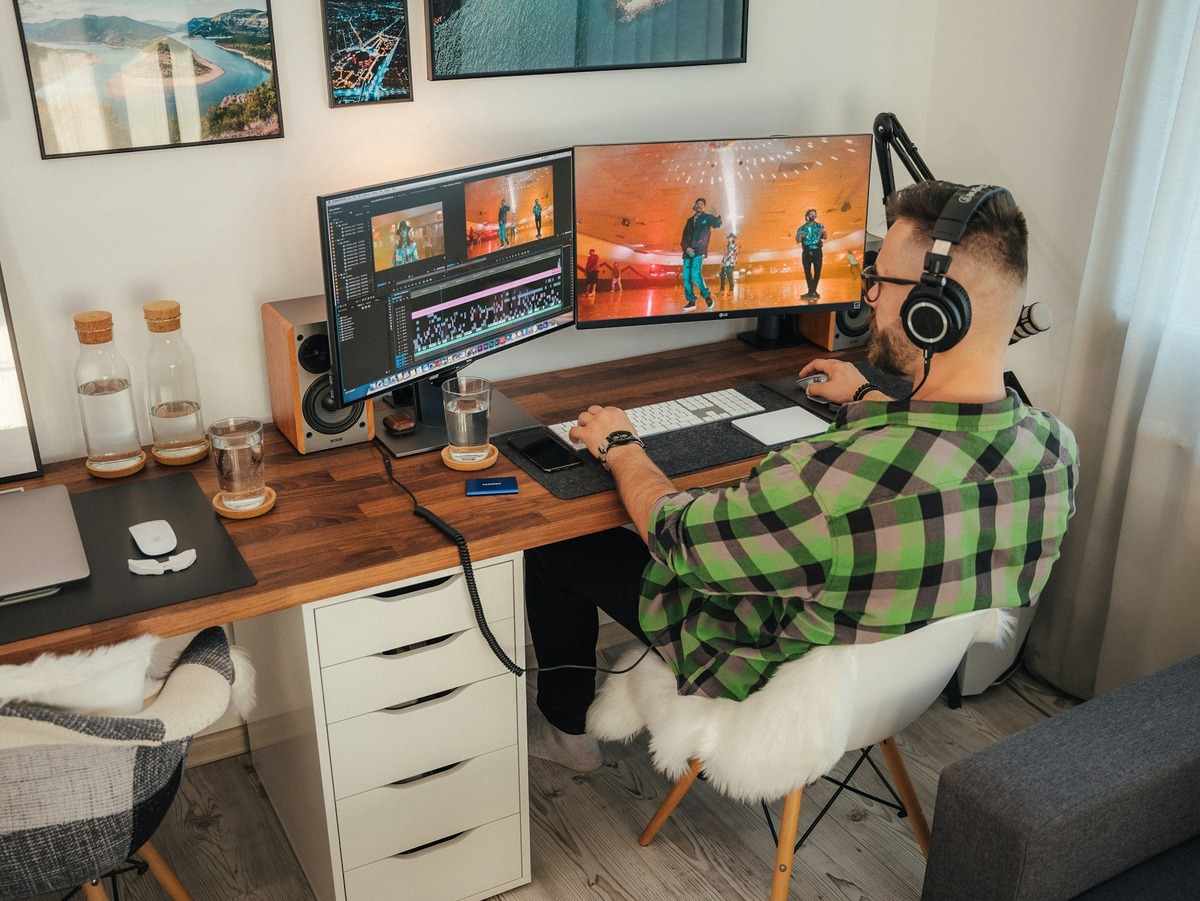WinNoise,In today’s fast-paced digital world, noise has become an unavoidable part of our lives. Whether it’s the constant hum of traffic, the chatter in crowded spaces, or the persistent notifications from our devices, noise pollution is everywhere. However, there’s a lesser-known phenomenon known as “WinNoise” that has been gaining attention for its unique implications, particularly in the context of digital environments and user experience. This article delves into what it is, its origins, applications, and the broader implications it holds for both individuals and industries.
What is WinNoise?
WinNoise, a portmanteau of “Windows” and “Noise,” refers to the subtle, often imperceptible background noise generated by computer systems, particularly those running on Windows operating systems. Unlike traditional noise, which is typically auditory, it can manifest as visual or cognitive noise—elements that distract or disrupt a user’s interaction with a digital interface. This could include anything from unnecessary pop-ups, background processes that slow down a system, to visual clutter on a screen that makes it difficult to focus on the task at hand.
The Origins of WinNoise
The concept of it is relatively new, emerging from the broader discourse on user experience (UX) and human-computer interaction (HCI). As computers and digital interfaces have become more complex, the need to streamline and optimize user interactions has grown. Researchers and designers began to notice that certain elements within operating systems, particularly Windows, were contributing to a form of digital noise that affected users’ efficiency and satisfaction. This realization led to the coining of the term “WinNoise” to describe these disruptive elements.
How WinNoise Affects Users
WinNoise can have several negative effects on users, particularly in terms of productivity and cognitive load. Cognitive load refers to the amount of mental effort required to complete a task. When a digital interface is cluttered or filled with unnecessary elements, users may find it harder to concentrate, leading to increased cognitive load and reduced productivity. For example, a computer system that frequently displays pop-ups or notifications can interrupt a user’s workflow, causing them to lose focus and spend additional time refocusing on their task.
Moreover, it can contribute to digital fatigue, a phenomenon where users become mentally exhausted from prolonged exposure to digital environments. This is particularly relevant in today’s remote work culture, where individuals spend extended periods interacting with digital interfaces. The presence of WinNoise can exacerbate feelings of fatigue, leading to burnout and decreased job satisfaction.
Examples of WinNoise in Action
To better understand it , let’s consider a few examples:
- System Notifications and Pop-ups: Windows operating systems are known for their frequent system notifications and pop-ups. While some of these notifications are essential, many are not, and they can disrupt a user’s workflow. For instance, an antivirus update prompt that appears while a user is in the middle of a presentation can cause unnecessary stress and distraction.
- Background Processes: Windows often runs multiple background processes, some of which are necessary for the system’s operation, while others are not. These processes can consume system resources, leading to slower performance and increased frustration for the user. The slowing down of a system due to these background processes is a form of it, as it disrupts the user’s ability to work efficiently.
- Visual Clutter: The Windows interface, particularly in older versions, has been criticized for its visual clutter. Excessive icons, toolbars, and widgets can overwhelm users, making it difficult to find the tools they need and complete tasks efficiently. This visual clutter is a prime example of WinNoise, as it adds unnecessary complexity to the user experience.
The Broader Implications of WinNoise
While WinNoise may seem like a minor annoyance, its implications are far-reaching, particularly in professional settings. In industries where efficiency and productivity are paramount, such as software development, finance, and healthcare, the presence of WinNoise can lead to significant time losses and errors. For instance, a financial analyst who is distracted by frequent system notifications may make mistakes in data analysis, leading to incorrect financial forecasts.
Moreover, WinNoise can impact the overall user experience (UX) of digital products. In a competitive market, where user satisfaction is key to retaining customers, companies that fail to address WinNoise in their products risk losing users to competitors with more streamlined and efficient interfaces.
Mitigating WinNoise: Strategies for Users and Developers
Fortunately, there are several strategies that both users and developers can employ to mitigate the effects of WinNoise.
For Users:
- Customizing System Settings: Users can take control of their Windows environment by customizing system settings. This includes turning off unnecessary notifications, disabling non-essential background processes, and organizing the desktop to reduce visual clutter.
- Using Third-Party Tools: There are several third-party tools available that can help users reduce WinNoise. For example, tools like “CCleaner” can help manage and disable unnecessary startup programs, while “DisplayFusion” can help organize multiple monitors and reduce visual clutter.
- Mindful Computing: Practicing mindful computing involves being aware of the digital environment and taking steps to reduce distractions. This could include setting specific times to check notifications or using focus mode features available in many modern operating systems.
For Developers:
- Streamlining User Interfaces: Developers can mitigate WinNoise by designing cleaner, more intuitive user interfaces. This involves minimizing the number of unnecessary elements on the screen, using clear and concise language, and ensuring that important information is easy to find.
- Optimizing System Performance: Developers should focus on optimizing system performance by reducing the number of background processes and ensuring that their software runs efficiently without consuming excessive system resources.
- User-Centered Design: Incorporating user feedback into the design process is crucial for identifying and eliminating sources of WinNoise. By conducting user testing and gathering feedback, developers can gain insights into how users interact with their products and make necessary adjustments to improve the overall experience.
The Future of WinNoise
As technology continues to evolve, the concept of WinNoise is likely to gain more attention. With the rise of artificial intelligence (AI) and machine learning (ML), there is potential for these technologies to play a role in identifying and reducing WinNoise. For example, AI could be used to analyze user behavior and automatically adjust system settings to reduce distractions and optimize performance.
Moreover, as the focus on user experience grows, companies may invest more in research and development to address WinNoise. This could lead to the creation of new tools and techniques for minimizing digital noise, ultimately improving the efficiency and satisfaction of users across various industries.
Conclusion
WinNoise is a subtle but significant phenomenon that can impact user experience, productivity, and overall satisfaction with digital interfaces. By understanding what WinNoise is and how it affects users, both individuals and developers can take steps to mitigate its effects and create more streamlined, efficient digital environments. As technology continues to advance, the importance of addressing WinNoise will only grow, making it a critical consideration for the future of user experience design.











